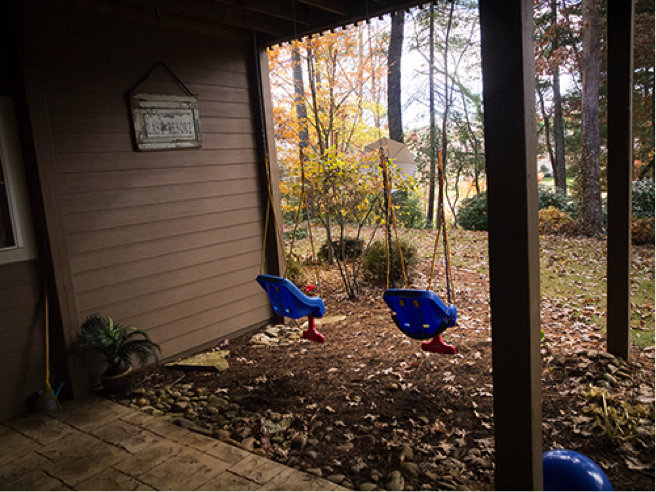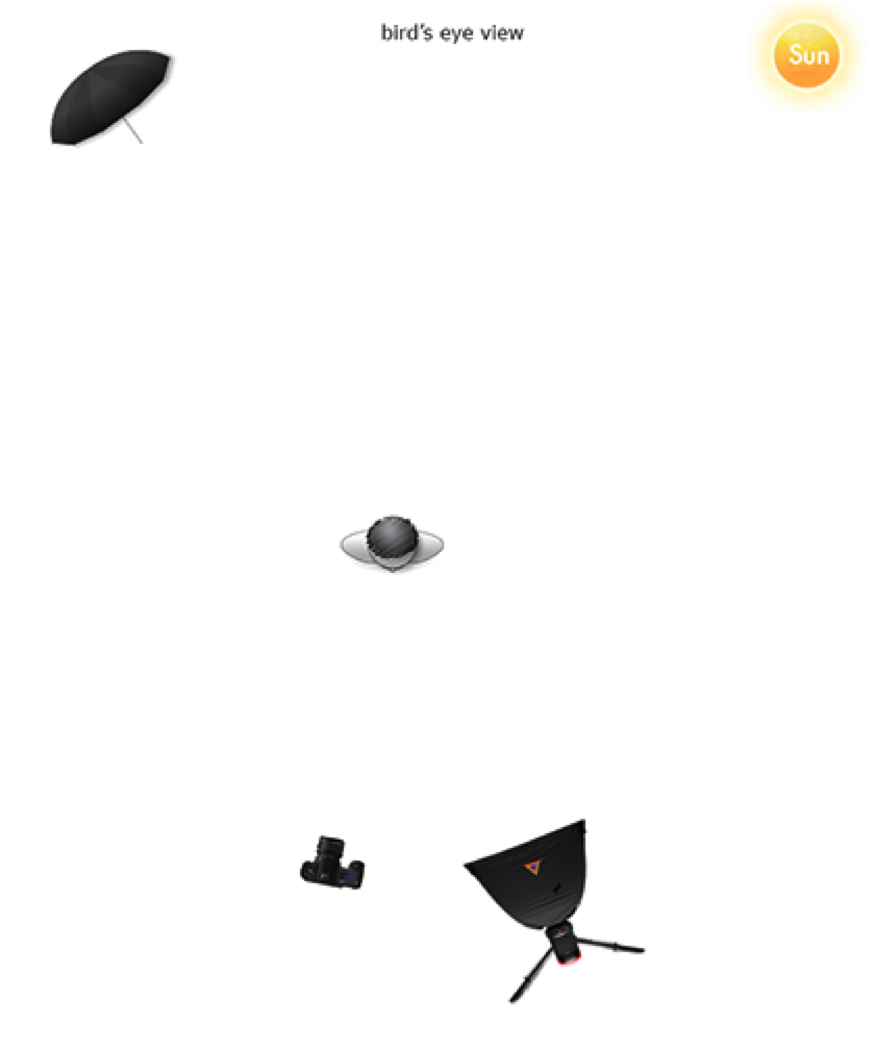People new to portrait photography tend to concentrate solely on their subjects while during the portrait photo shoot and not much else. And then it’s only afterward that they may notice some flaws. There are several components that can contribute to making a great portrait (composition, lighting, juxtaposition, exposure, focus, depth of field, color, motion, etc.), but staying conscious of all these components can be a bit daunting. I encourage emerging portrait photographers to simply shoot a lot and to be mindful of just three elements during a portrait photo shoot: expression, background and lighting.

1. Expression
Don’t ask your subjects to say, “Cheeese.” I do this when I assist my 2-year-old in brushing his teeth, but not while behind a camera. Try to engage your subject with either conversation or an activity so that they don’t feel overly self-conscious.
2. Background
Be mindful of it. Great portraits are ones that easily draw the viewer’s eye to the subject without distracting background elements. Place your subject in a pleasing area within your frame and then pay attention to everything else that is notyour subject and adjust the composition accordingly.
3. Lighting
Disable the built-in flash whenever possible. On-camera flashes can effectively illuminate your subjects, but the quality of light is typically unnatural looking and unflattering. Try to find natural light that looks good on your subject and shoot there, or augment with off-camera lighting. My aforementioned son, Sam, turned 2 last November and I wanted to challenge myself by taking an action portrait of him in a swing at his grandparents’ house (this helped take care of Element 1). I wanted to shoot with some autumnal trees in the background (resolving Element 2), but unfortunately the swings were mounted underneath an overhanging deck where there was hardly any natural light that would illuminate Sam’s face.

I could have gotten better light on Sam had I shot with the house in the background, but the results would have been much less interesting to me. Instead, I kept with the original background, which meant I needed to bring in some additional light, and the pop-up flash just wouldn’t do (see Element 3). For additional lighting, I set up a Photoflex FlexFlash A/C-powered strobe kit that consists of two lights, a soft box and an umbrella. For my main light, I used the soft box for a diffused, natural look. I raised the light up high enough to create soft, downward shadows on Sam’s face and off to the side to add some sense of dimension. I synced the camera to the strobe with a wireless trigger and adjusted the strobe power until the light levels looked good on Sam and balanced with the ambient.

For a final touch, I added the second light with the umbrella to serve as a rim light. I like using rim lights because they help to create separation between the subject and background and can be visually pleasing.  Here’s a bird’s eye view of the setup:
Here’s a bird’s eye view of the setup:

Once the lights were set up, it was just a question of timing. I knew I’d have a short window before Sam lost interest in being photographed in his swing facing the house (the swing usually faces the trees) and I needed to press the shutter when Sam swung into the spot to where I had manually set the focus, which was also where everything worked compositionally, and where the main light would illuminate him optimally. Light falls off quickly and if I caught him too far back, he would be underexposed, too close and he would be overexposed. Here’s a shot where I disabled the strobes for a sense of what the lights were providing:

While I focused on the timing and compositions, Sam’s granddad pushed the swing and interacted with Sam to keep him animated (another help with #1). I got a few keepers before Sam stopped finding the humor in all of this, and the photo below was a clear favorite. Notice how the sun had peeked out for a moment and added nice texture on the ground as well. 
About the author
This post is written and photographed by Benjamin Clay, contributing instructor for Photoflex Lighting School. Setup shots and grandson entertainment by Blair Savage. To see more of Benjamin Clay’s work, visit benjaminclayphotography.com.

Share tips, start a discussion or ask one of our experts or other students a question.
No Responses to “The 3 Most Important Elements of a Portrait Photo Shoot”